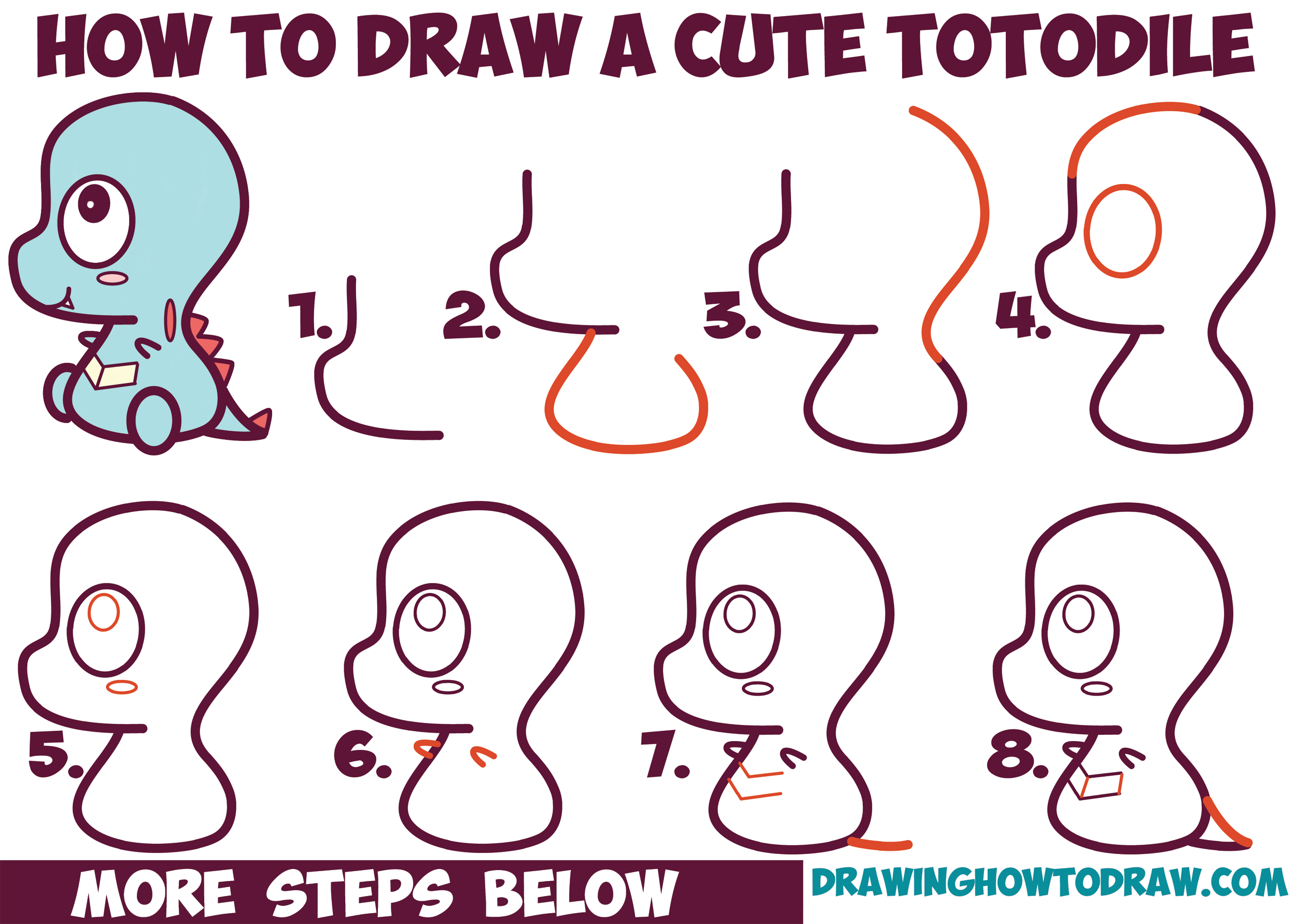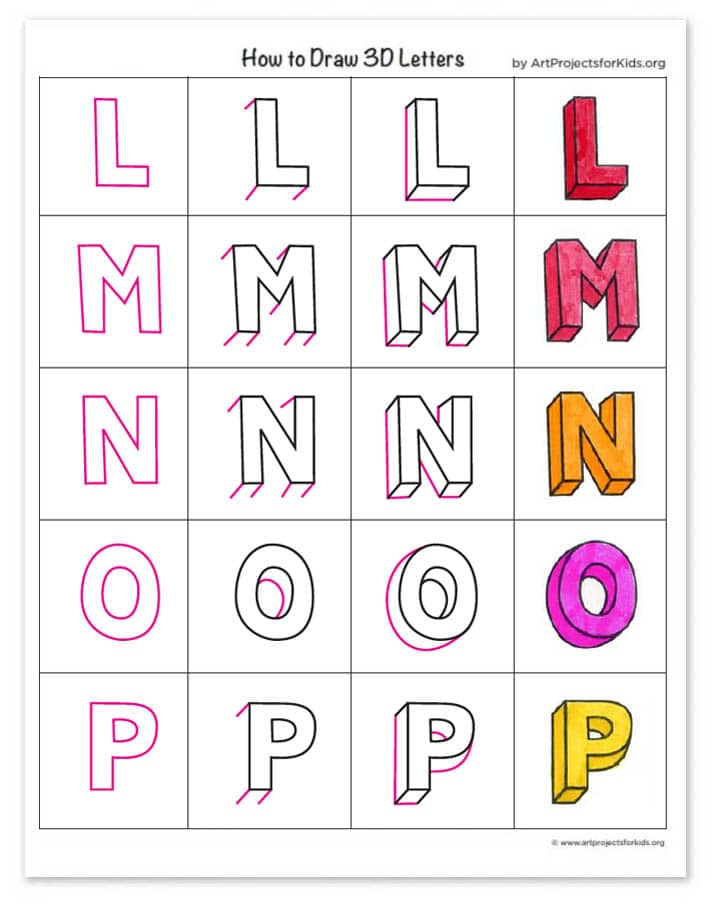Sequence diagram uml diagrams draw software template examples conceptdraw example bank sample shopping drawing samples atm isis help processing simple
Table of Contents
Table of Contents
Creating UML diagrams is an essential part of software development. It helps developers to understand complex systems and simplify the process of designing, testing, and documenting software. In this post, we’ll explore some tips and techniques for how to draw UML diagrams.
Pain Points of UML Diagramming
Creating UML diagrams can be a challenging task for beginners. It requires a solid understanding of the different types of UML diagrams and their relationships. More often than not, developers struggle to create diagrams that accurately represent the system they are building. Additionally, manually creating UML diagrams can be time-consuming and prone to errors.
Answering the Target of How to Draw UML Diagrams
Thankfully, there are various tools available that can simplify the process of creating UML diagrams. These software tools allow developers to create, edit, and share diagrams with other team members. Some of the popular options include Creately, ConceptDraw, and PlantUML.
Main Points of How to Draw UML Diagrams
To create a UML diagram, you need to first identify the type of diagram you want to draw, such as use case, class, activity, or sequence. Once you have identified the diagram type, you can use tools like Creately to create the diagram easily. Some useful tips to keep in mind are to keep diagrams simple, use standard UML notation, and label your diagrams correctly.
How to Draw UML Diagrams with Creately
My personal experience with creating UML diagrams with Creately has been positive. The interface is easy to navigate, and the software offers a vast range of templates and symbols to choose from. Additionally, creating a diagram is as easy as dragging and dropping elements onto the canvas. Take a look at this sample diagram created with Creately:
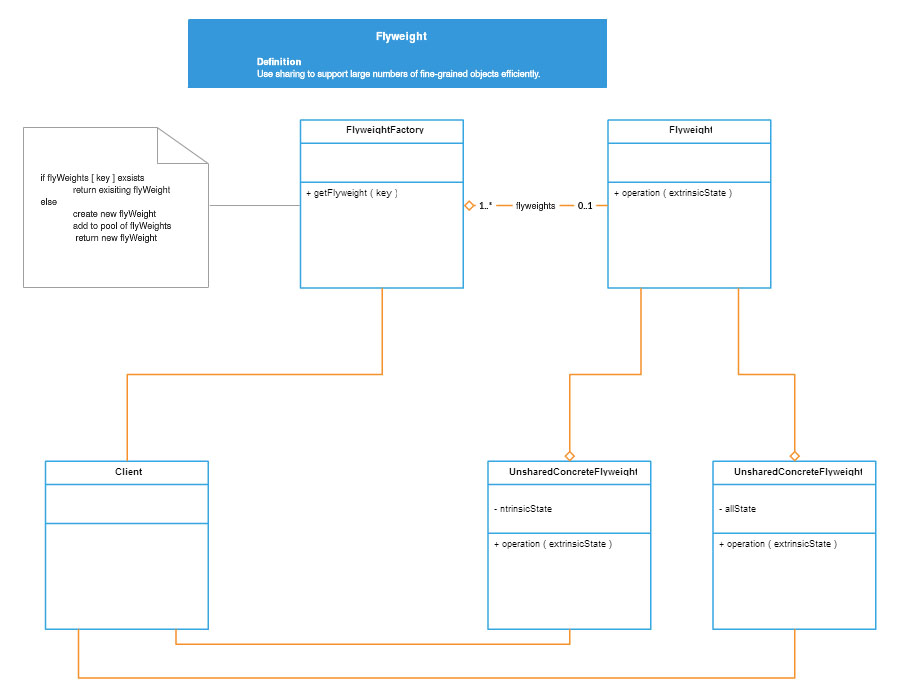 If you’re looking for a tool to help you draw UML diagrams, I highly suggest giving Creately a try.
If you’re looking for a tool to help you draw UML diagrams, I highly suggest giving Creately a try.
Using ConceptDraw to Draw UML Diagrams
Another tool that I have personally used to create UML diagrams is ConceptDraw. This software offers a user-friendly interface that makes diagramming straightforward. ConceptDraw also includes a variety of templates and symbols to choose from, making it easier for beginners to get started. Here’s an example of a UML sequence diagram created with ConceptDraw:
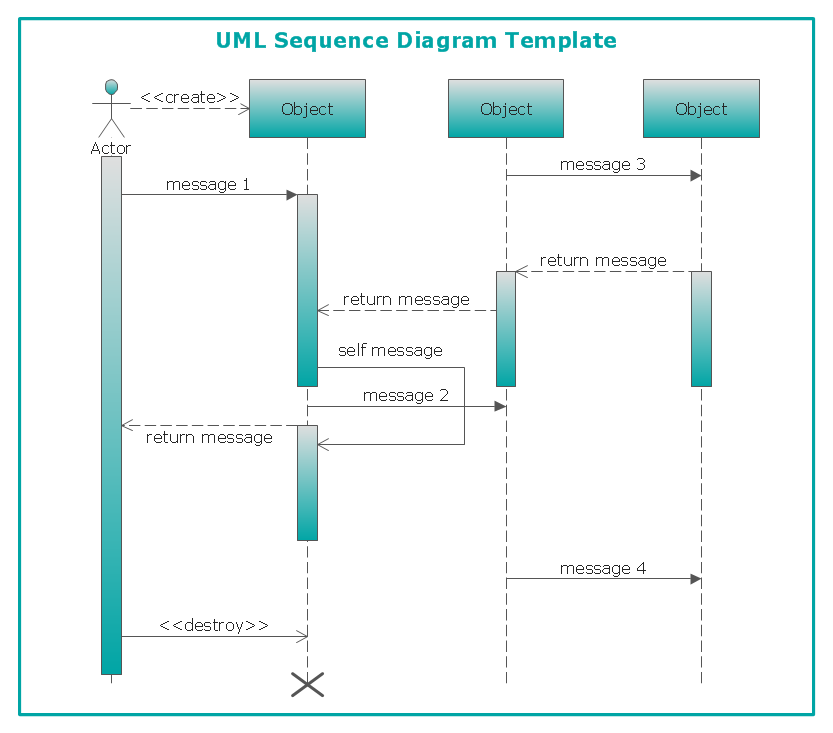 Overall, ConceptDraw is a reliable tool for creating UML diagrams, and I would recommend it to anyone starting with diagramming.
Overall, ConceptDraw is a reliable tool for creating UML diagrams, and I would recommend it to anyone starting with diagramming.
Creating UML Diagrams with PlantUML
PlantUML is another excellent tool for creating UML diagrams. However, unlike Creately and ConceptDraw, PlantUML is a text-based tool that allows developers to create diagrams using text notation. Some benefits of using PlantUML are that it is open-source and can be easily integrated with tools like GitHub and VS Code.
Advanced Tips for Drawing UML Diagrams
For advanced diagramming, it’s also essential to follow some best practices, such as keeping your diagrams updated and devising a naming convention. Additionally, you should use consistent formatting, color, and font sizes. Doing so will make sure that your diagrams are easy to read and comprehend.
Question and Answer: How to Draw UML Diagrams
Q. What’s the best UML diagram for depicting object interaction with other objects?
A. The sequence diagram is the most appropriate UML diagram for displaying object interaction in a specific scenario.
Q. What software is best for drawing UML diagrams?
A. There are many software options for drawing UML diagrams, including Creately, ConceptDraw, and PlantUML. Choose the one that works best for your needs and preferences.
Q. What’s the difference between a class diagram and an object diagram?
A. A class diagram is a static diagram that shows the structure of a system, whereas an object diagram is a dynamic diagram that shows the specific instances or objects of the classes at a particular moment in time in a system.
Q. Can I use different colors and fonts in the same UML diagram?
A. Yes, you can use different colors, fonts, shapes, and sizes in the same UML diagram. However, it’s essential to use them in a consistent manner.
Conclusion of How to Draw UML Diagrams
In summary, UML diagrams are vital for software development, and creating them can be a challenging task, especially for beginners. However, with the right tool and best practices, anyone can create accurate and comprehensive diagrams. We hope that this post has provided you with helpful tips and techniques to create UML diagrams effectively.
Gallery
UML Diagrams Online | Online UML Tool | UML Diagram Creator | Creately

Photo Credit by: bing.com / uml class diagrams diagram creator tool draw creately
Free Tool To Draw Uml Diagrams: Full Version Free Software Download
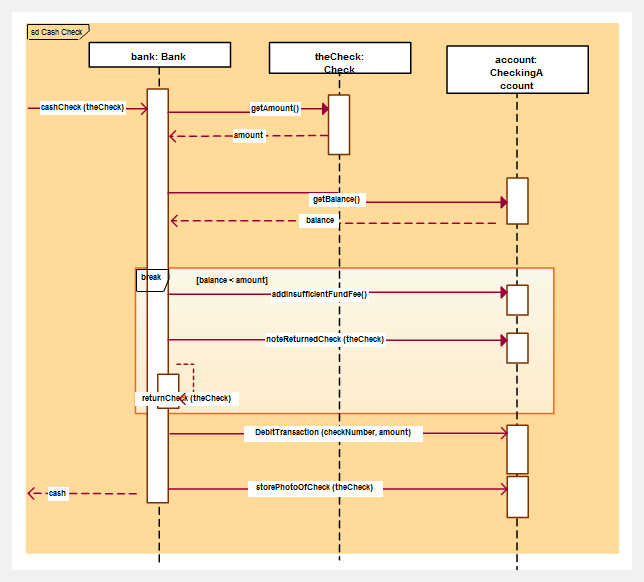
Photo Credit by: bing.com / uml diagrams version tool draw diagram software folders wide too
UML Diagram Tool To Easily Create UML Diagrams Online | Creately

Photo Credit by: bing.com / uml tool diagram creately diagrams create types easily draw software class drawing diagramas start
ConceptDraw Samples | UML Diagrams

Photo Credit by: bing.com / sequence diagram uml diagrams draw software template examples conceptdraw example bank sample shopping drawing samples atm isis help processing simple
UML Diagram Tool To Easily Create UML Diagrams Online | Creately

Photo Credit by: bing.com / uml diagrams draw diagram drawing creately tool faster class feature specific features using create
